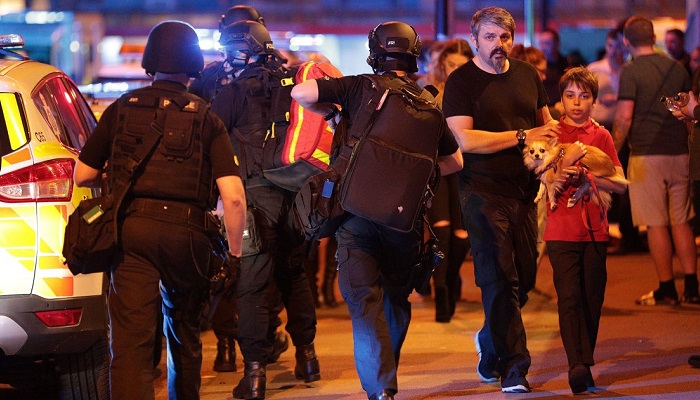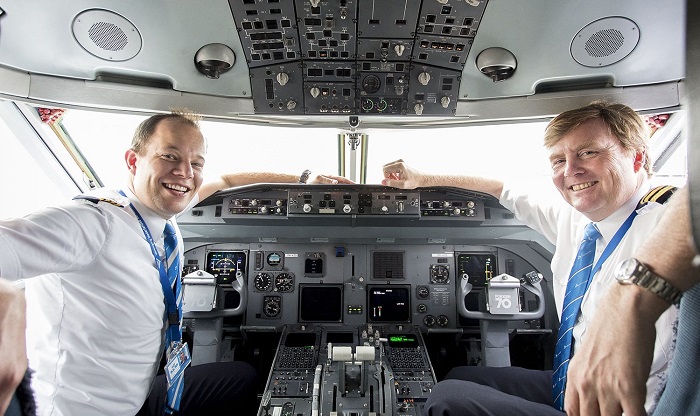The sinking of a smuggler’s boat carrying some 700 people from Libya to Sicily this weekend may result in the worst-ever death toll from an attempted migrant crossing, and is raising the pressure on European governments to stop the carnage.
An estimated 1,500 migrants have drowned trying to reach Europe this year—a roughly 15-fold increase from the first four months of 2014, when 96 people died, according to the International Organization for Migration. The 20m (70ft) long boat was believed to be carrying up to 700 migrants, and only 28 survivors have been rescued. In addition to the latest disaster, an estimated 400 people died in a similar incident last week. Some 10,000 migrants were rescued just between April 10 to 16 by Italian naval forces and commercial ships, according to the IOM.
The spike in the number of migrants has come in the wake of the end of Italy’s Mare Nostrum operation, which rescued about 100,000 people since it started in late 2013, but was terminated in October due to a lack of funding. The EU’s Operation Triton, which replaced it, is cheaper and far more limited in scope.
Human rights groups and some EU states want more money spent on search and rescue operations that they see as a moral imperative to prevent more deaths. “The EU may have the means to rescue the refugees fleeing the hell of Syria and Libya, but it is letting them drown,” German jurist Heribert Prantl wrote in the Sueddeutsche Zeitung, as reported by Reuters. “Europe is using dead refugees to shield itself from the others.”
Interior ministers and senior police officials from the 28 countries of the European Union are rushing to Luxembourg for emergency talks on how to respond to the migrant boat tragedies in the Mediterranean.
EU foreign affairs chief Federica Mogherini demanded immediate action. “With this latest tragedy … we have no more excuses, the EU has no more excuses, the member states have no more excuses,” she said. “The main issue here is to build a common sense of European responsibility, knowing that there is no easy solution.”
Italy — the European state whose territory is closest to Libya — has borne the brunt of the task of picking up, sheltering and providing food and medical help to the illegal migrants.
In 2014, 170,000 migrants arrived in Italy by sea. Italian ships have picked up about 11,000 migrants in the past week alone. The islands of Sicily and of Lampedusa (which is closer to Tunisia than to mainland Italy) see an almost daily influx of human misery. And at this time of year, there is a surge in the illegal trafficking as the weather and sea conditions improve.
Italian Prime Minister Matteo Renzi has said the Mediterranean is a sea, not a cemetery. On Sunday, in the wake of the latest disaster, he complained that Italy had been coping with the crisis in “near solitude, sometimes assisted by some other international presence.”
Italy has also led calls for an international peacekeeping issue to help restore stability in Libya, not least in an effort to tackle the flow of migrants, many of whom set out from around Misrata and other ports in the west of the country.
But progress toward a Europe-wide approach on migration is painfully slow. The European Commission plans to publish a policy document next month, but member states are in no hurry to grapple with such a politically explosive and costly subject.
“We must target the traffickers who are responsible for so many people dying at sea and prevent their innocent victims from being tricked or forced into making these perilous journeys,” said British Foreign Secretary Philip Hammond Sunday.
Others, including Italy, Greece, Spain and France, are expected to seek more concerted action in handling and funding the influx.




